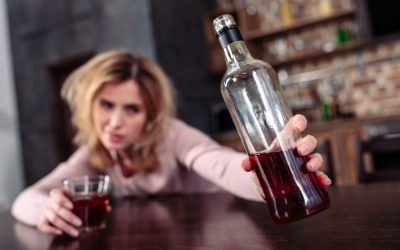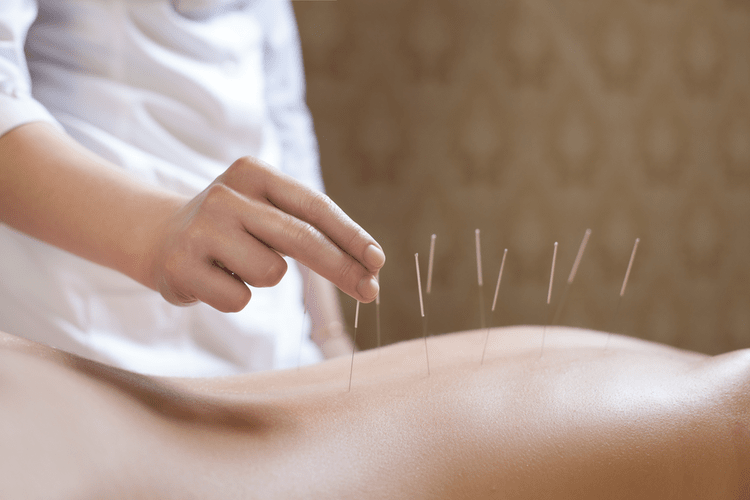In the United States, the legal limit for driving under the influence of alcohol is 0.08 percent, except in the state of Utah, where it’s 0.05 percent. Research shows a high correlation between alcohol misuse and high-risk sexual behavior, violence, crime, self-injury, and fatal injury from things like motor vehicle accidents. People with AUD represent about 20–35 percent of completed suicides. If you’re worried that you might have alcohol use disorder, don’t try to quit cold turkey on your own. After the test, doctors will move on to other tests like blood tests. By testing the blood, doctors can tell how well the body is doing and find alcohol content in the blood –if any is left over before the visit.
In part because of its widespread use and acceptance, alcohol abuse and addiction are also very common. For individuals carrying gene variations that impair alcohol metabolism, the best way to prevent alcohol flush reaction is to avoid drinking or to limit alcohol intake. In fact, hindering alcohol flushing elevates the risk of cancer by enabling higher levels of alcohol consumption and thus how to recognize signs and symptoms of alcoholism and alcohol abuse higher acetaldehyde production. People who take certain medications that alter alcohol metabolism can also experience the alcohol flush reaction. Such medications include those used to treat diabetes, high cholesterol, and infections. In addition, disulfiram, a medication used to treat alcohol use disorder, alters alcohol metabolism so that acetaldehyde builds up when a person drinks alcohol.
What are resources for treating alcoholism?
For the sake of this assessment, patients may also undergo blood tests and screening for the presence of any co-occurring mental or physical health issues. If you or someone you care about is struggling with an AUD, you will likely benefit from some form of treatment. If there are several similar episodes, you can assume with certainty that he or she often engages in binge drinking.

Still, there are also physical, psychological, and stage-based signs to look for. First and foremost, it’s important to go over the signs of alcohol abuse. In many cases, the first step of treating alcohol dependence is the drinker acknowledging there is a problem. As with many health problems the second step is to seek help from a healthcare professional, usually your local GP surgery, who can refer you to a specialist. Ultimately, sobriety is the responsibility of the person who has the alcohol addiction. It’s important to not enable destructive behaviors and to maintain appropriate boundaries if the person with the alcohol addiction is still drinking.
Best Online Therapy Platforms We Tried and Tested This Year
Since alcohol affects various aspects of a person’s life, treatment plans are designed to also work on a person’s psychological and physical well-being. There are other various warning signs to help detect potential alcohol abuse/misuse. Many signs are https://ecosoberhouse.com/ recognizable, while others may be more difficult to identify. The severity of alcohol abuse also plays a role in the warning signs that a person shows for alcohol abuse. In fact, mood swings are some of the common behaviors of an alcoholic withdrawal.

